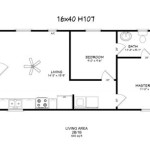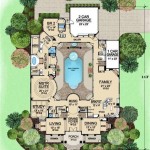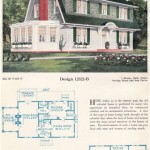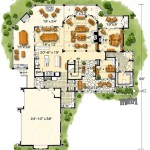Essential Aspects of House Floor Plan Layout
Designing the floor plan of your home is an exciting and crucial step in the construction process. A well-planned layout can optimize functionality, enhance comfort, and add value to your property. Here are essential aspects to consider when creating a house floor plan:
Functional Flow
The layout should ensure a smooth flow of movement throughout the house. Designate separate areas for different activities, such as cooking, dining, living, and sleeping. Ensure that the transition between these spaces is seamless and avoids bottlenecks.
Natural Lighting
Maximize natural lighting by positioning windows and doors strategically. South-facing windows provide ample sunlight, reducing the need for artificial lighting during the day. Consider skylights or solar tubes to bring natural light into interior rooms.
Privacy and Separation
Ensure privacy for different areas of the house. Separate public spaces, such as the living and dining rooms, from private spaces, such as bedrooms and bathrooms. Use hallways, doors, or partitions to create a sense of separation while maintaining connectivity.
Efficient Use of Space
Plan the layout to minimize wasted space. Utilize corners, alcoves, and underutilized areas for storage or functional elements. Consider multi-purpose spaces that can serve multiple functions or convert into other rooms when needed.
Traffic Flow
Consider the flow of traffic within the house, especially during peak times. Ensure that there are ample circulation paths to avoid congestion. Plan for wide hallways and doorways to accommodate furniture and movement.
Structural Considerations
The floor plan must align with structural requirements. Consider the placement of load-bearing walls, columns, and beams. Factor in the location of staircases, elevators, and fireplaces, as these elements can affect the layout and space allocation.
Architectural Style
The floor plan should complement the architectural style of the house. For example, a traditional-style house may feature symmetrical floor plans with central halls and formal living spaces, while a modern-style house may have open floor plans with fluid transitions between rooms.
Additional Considerations
Moreover, consider the following additional factors when designing your house floor plan:
- Accessibility features for individuals with disabilities
- Outdoor connection with patios, decks, or courtyards
- Energy efficiency and sustainability
- Future expansion or remodel potential
A well-planned house floor plan is the foundation of a comfortable, functional, and aesthetically pleasing home. By carefully considering the essential aspects outlined above, you can create a living space that meets your unique needs and enhances your quality of life.

Floor Plans Types Symbols Examples

House Plans How To Design Your Home Plan

Floor Plans Types Symbols Examples

Floor Plan App Live Home 3d

House Plans How To Design Your Home Plan

3d Floor Plans

Floor Plan Creator And Designer Free Easy App

Floor Plan Creator And Designer Free Easy App

Floor Plans How To Design The Perfect Layout Cherished Bliss

House Plans How To Design Your Home Plan








